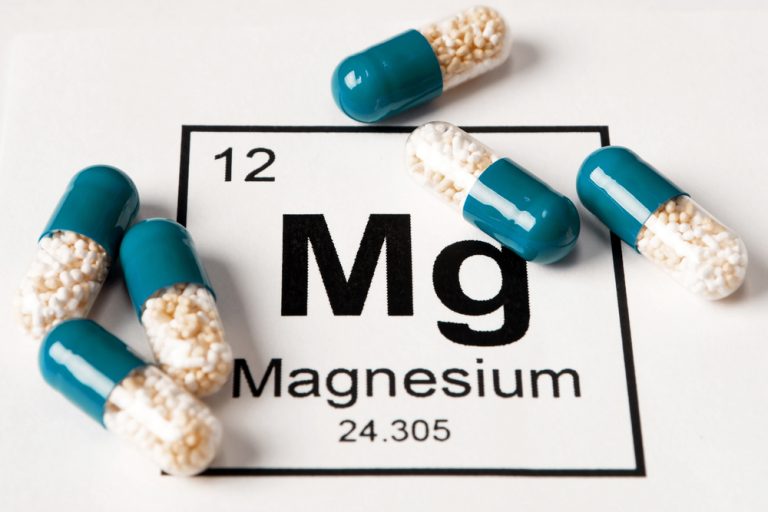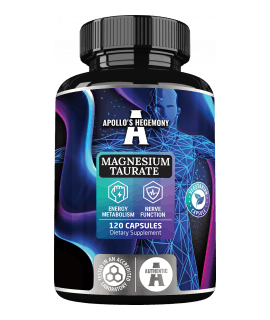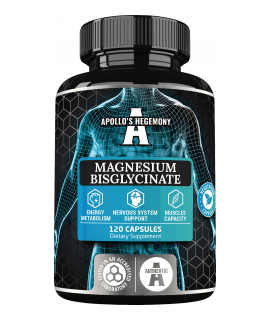Magnesium is a supplement that’s been recently extremely promoted in marketing. Every now and again, new advertisements are created, ensuring an ever greater biorecision, bioavailability and absorption. As you know, however, ads are not always compatible with the actual state of affairs and emphasize the positive features of the product, completely silent about its imperfections. The biggest variable between products is the form of magnesium, between which the differences should be clearly marked.
Why magnesium?
Where did the whole boom that developed around magnesium come from? The fact is that its shortages are quite common in society, mainly due to ill-considered diet with a small amount of vegetables, a large amount of coffee being consumed and the prevalence of low-mineralized water consumption. This is manifested most commonly by general weakness, nervousness, cramps, and motor hyperactivity (the most common symptom is the so-called "flying eyelid"), although magnesium has many more functions in the body, including regulating blood pressure, improves glucose metabolism; preliminary research also indicates the possibility of increasing exercise capacity.
Demand depends on the physiological condition and the activities performed. Demand in Poland, according to the Institute of Food and Nutrition, ranges from 400 to 1200 mg. A large range of demand results from many factors affecting its demand (gender, physiological condition, training, age). However, the American FDA established recommended daily intake on average 310-420mg.
Is every magnesium the same?
The answer is simple. Magnesium is magnesium, it’s not possible to influence its structure in order to improve its functional properties.
So, does every producer sell the same product?
Definitely not.
The main difference is the form in which the magnesium is in the product. No one uses pure magnesium filings, so to deliver it, we need to use intermediates where magnesium is present in the chemical combination. And the type of this connection and what is attached to magnesium differentiates them. The main rule is that magnesium in organic combinations (combined with organic acids), shows a much better assimilation than in inorganic connections.
Do we take magnesium, or x of magnesium?
A significant difference in the portioning of magnesium is also how the producer presents its quantity on the label. Most often, more solid producers present it in the form of "<form> magnesium, including x of Magnesium". Unfortunately, more often we can meet with the same inscription "<form> magnesium". Why? This is a very simple way to revaluate your product. Merits are in the fact that not all of the magnesium compound is magnesium, so the producer demonstrating only how much is the compound, and not how much magnesium is actually obtained from this compound very easily overestimates your product, which is a simple marketing trick (this is due to simple chemical and mathematical affinities: the greater the percentage of magnesium mass in the compound, the more of it’s obtained from the compound).
When choosing magnesium, we must pay attention first to the assimilation of the form, and then to how much real magnesium we get from it.
What types of magnesium should you choose?
Magnesium oxide
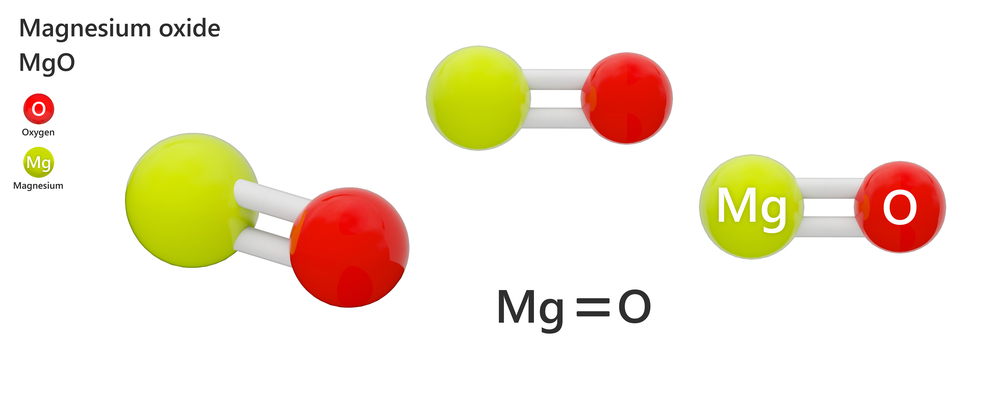
This is of course a combination of a magnesium molecule with an oxygen molecule. It’s the cheapest and weakest form in the context of magnesium delivery efficiency. Its bioavailability is around 4% (some studies do not even distinguish between the control and the test group, which indicates poor efficacy, despite the large mass percentage magnesium content of 60%). Therefore, it’s not the best choice for supplementation.
Magnesium chelate (magnesium bisglycinate)
It’s a combination of two molecules of the amino acid - glycine, with magnesium in the chelate bond (also called tick binding). Due to the specific structure of the compound, magnesium is protected against too rapid degradation in the stomach, which allows for smaller losses of substances that will eventually be absorbed in the small intestine. This affects the greater bioavailability of this form of compound (amounting to 24% in studies).
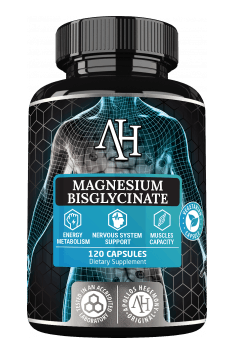
Magnesium citrate
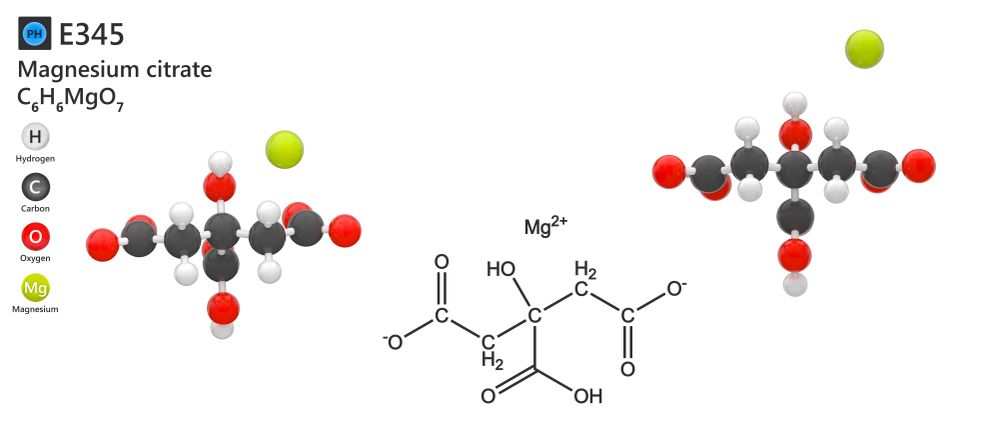
It’s a combination of citric acid with three molecules of magnesium. Considered the most efficient form of magnesium (both economically and qualitatively), it’s the most frequently used form. Its bioavailability reaches 25-30% (this is most likely the result of better solubility in water, through the organic combination with the low-density acid).
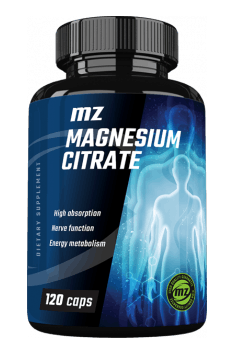
Magnesium malate
This is another form of magnesium, distinguished by an organic combination with malic acid. Its bioavailability is estimated at around 30%. In addition, the malic acid formed in the metabolism may have a positive effect on the body's functions (affects the support of energy production, which positively affects motor and mental fitness).
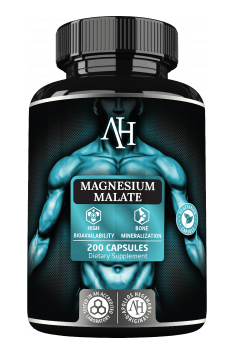
Magnesium carbonate
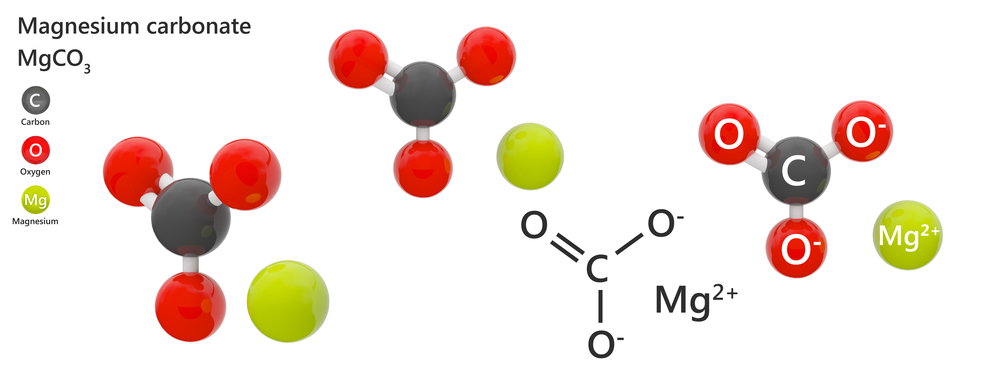
It’s magnesium in an inorganic combination with carbonic acid. Rarely used and studied form. And it’s not strange, as in the bioavailability tests it was even worse than magnesium oxide (most likely due to very poor solubility).
Magnesium chloride
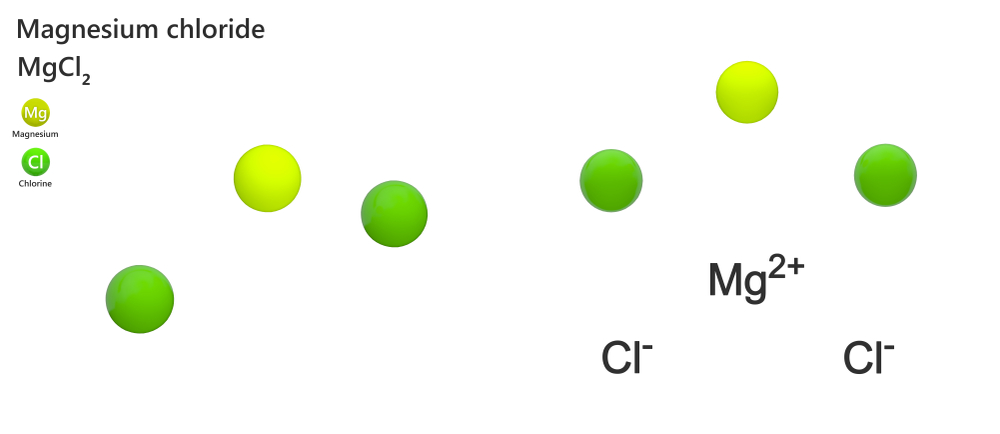
It’s a unique form of magnesium, due to the fact that it shows a fairly high bioavailability (despite the inorganic combination) comparable to the organic forms of magnesium. Not recommended for people with susceptibility to reflux dysfunction (the chlorine part of the compound, increases the acidity of the stomach, which may adversely affect the intensification of adverse discomforts associated with it).
Magnesium sulphate
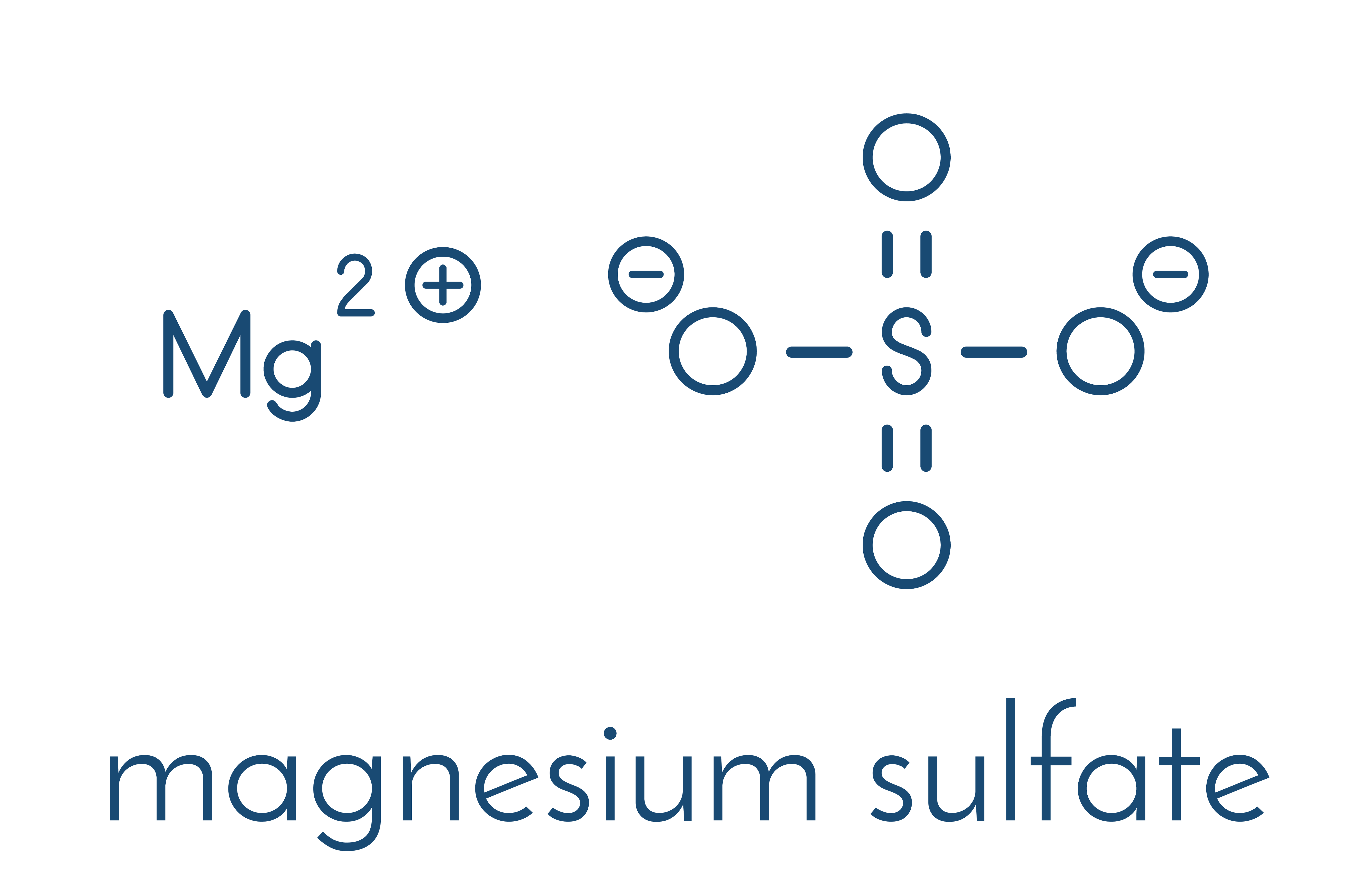
Magnesium sulphate is often compared in quality with magnesium chloride, however, it’s much more often used in pharmacology and clinical cases (among others, it’s often used to open the respiratory system). However, this is a slightly inadequate form of magnesium (in the studies, bioavailability was found around 7%).
Magnesium taurate
This is a fairly rare form, nevertheless showing interesting properties, through synergistic action on the circulatory system and glucose metabolism. The biggest problem may be, however, low efficiency in magnesium supply (despite the organic combination indicating high bioavailability, only 9% of the mass of the compound is magnesium).
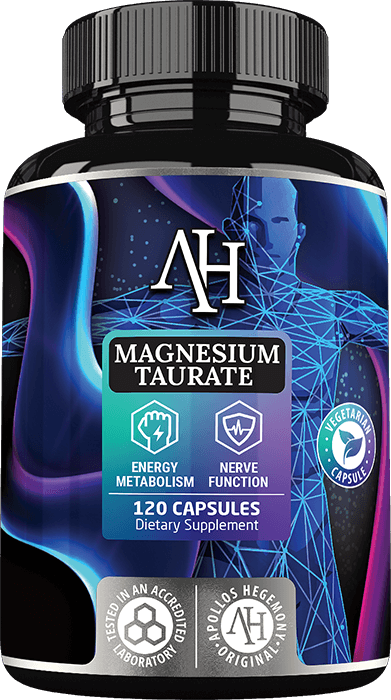
Magnesium lactate
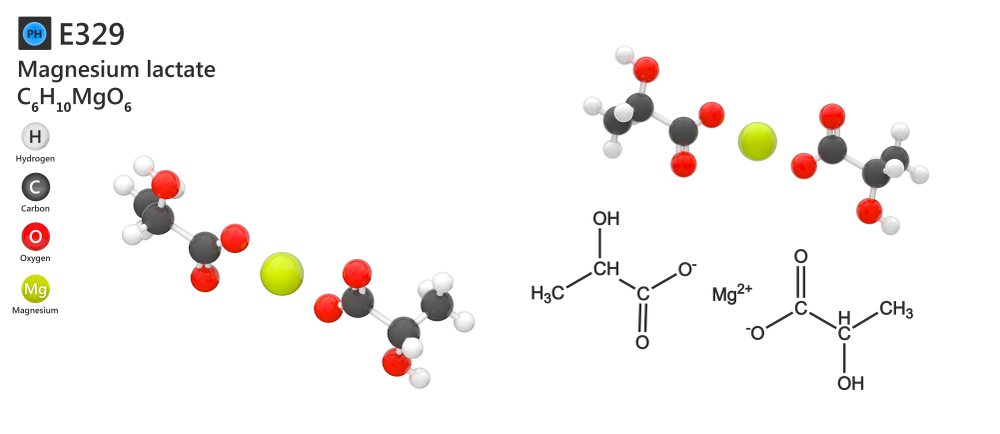
Lactate has one of the highest bioavailability index among all forms of magnesium available on the market. It’s also effective in its delivery, as almost 12% of its mass is magnesium. It also has a reduced intensity of side effects (mainly related to gastric neurosis).
Magnesium threonate
This is the most interesting form of magnesium, found only recently on the market. Basically, it’s magnesium chelated by two molecules of threonate (a metabolite of vitamin C). In research, the threonate shows outstanding bioavailability and the lack of side effects associated with gastric neurosis. However, this is not the main feature thanks to which this form of magnesium is so sought-after recently. Thanks to its chemical structure, it’s able to effectively cross the blood-brain barrier, thereby increasing the concentration of magnesium in the brain. Thanks to this, we get an increased effect of supporting the nervous system, including the most cognitive skills, and reducing the intensity of anxiety.
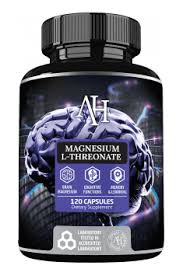
Which magnesium should you choose?
The frequently asked question is, which form of magnesium is the best? The answer to this question is not unambiguous, and it all depends on what purpose we want to use it for.
If you want to use a form that effectively delivers magnesium, the most optimal choice will be lactate, malate, citrate or glycinate, which all of them have very good bioavailability and are affordable.
If we count on additional benefits, apart from the actual replenishment of magnesium, the decision depends again on what we expect. For example, if we are looking for a more specific support for the circulatory system, the most interesting form will be taurate, but if we are looking for support of the nervous system and cognitive skills, the best form will be the threonate.
Best magnesium form - summary
Magnesium is one of the most important components of our body, so it’s worth including it in our regular supplementation. The form in which we accept it’s extremely important when planning its dosage, and the withdrawal of additional benefits from supplementation with more specific forms. It’s worth revising how much magnesium we really need, how much magnesium we actually get from a given supplement and what we require from it to choose the best product for us.
